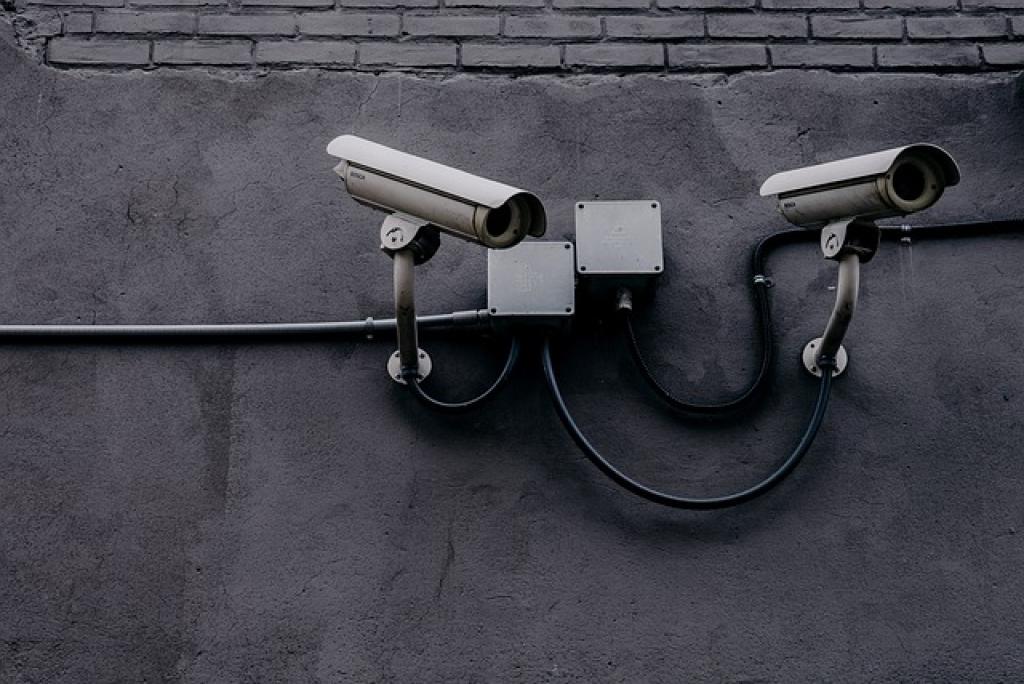
Key Strategies for Implementing Security Services That Help Prevent Workplace Incidents
In today’s complex work environments, ensuring the safety and security of employees is more critical than ever. Businesses must safeguard their people and assets from threats that can disrupt operations and harm reputations. Thankfully, strategic implementation of security services can address these challenges effectively.
Preventing workplace incidents requires a blend of proactive planning and adaptive technology. By integrating comprehensive security measures, businesses can not only respond to potential threats swiftly but also deter them altogether.
This post explores key strategies that can help organizations establish a strong foundation of security, covering essential aspects such as risk assessment, employee training, and technology deployment. Get ready to dive into practical solutions that prioritize both prevention and preparedness, creating a safer work environment for all.
Understanding the Importance of Security Services in the Workplace
Security services form the backbone of a safe and secure workplace environment. They are not merely a safeguard against theft or vandalism; they are essential for maintaining trust and confidence among employees and clients alike. Feeling secure at work boosts productivity and morale, creating a positive cycle of performance and satisfaction.
The scope of threats faced in the workplace is evolving, with new challenges arising from technological advancements, remote work setups, and globalized operations. Effective security services address these issues by providing a robust, adaptable framework for managing both physical and cyber threats.
Investing in security services is about foresight and prevention. It involves understanding potential risks and vulnerabilities unique to your business operation. This proactive approach not only helps in mitigating risks but also in streamlining response strategies when incidents occur, minimizing potential damage and disruption.
Furthermore, comprehensive security measures underscore your commitment to the well-being of all stakeholders involved, enhancing your organization’s credibility and resilience in an increasingly unpredictable world. As workplaces continue to change, understanding and prioritizing security is not just an option; it’s a necessity.
Identifying Vulnerabilities and Risk Factors in Your Workspace
Before implementing effective security measures, it’s crucial to identify the vulnerabilities and risk factors unique to your workspace. Every organization has its particular set of challenges, influenced by factors like industry, location, and layout. Understanding these nuances is the first step in crafting a tailored security strategy.
Start by conducting a thorough risk assessment, evaluating both the physical environment and operational processes. This includes examining entry points, blind spots, and areas with high-value assets. It’s also important to consider cyber vulnerabilities, especially with the increased reliance on digital platforms and remote work systems.
Involve various stakeholders in this process – from IT professionals to facility managers – to gain a comprehensive view of potential risks. Engaging employees in discussions about their perceptions of safety can also yield valuable insights.
Once vulnerabilities are mapped out, prioritize them based on the likelihood of occurrence and potential impact. This prioritization guides the allocation of resources towards the most critical areas, ensuring efficient and effective security enhancements.
By identifying and understanding these vulnerabilities, businesses can proactively address potential threats, creating a safer, more secure workspace for all.
Implementing Access Control Measures and Monitoring Systems
Implementing robust access control measures is crucial to safeguarding your workspace. By regulating who can enter certain areas, businesses can significantly reduce the risk of unauthorized access and potential security breaches. Consider technologies such as key card systems, biometric scanners, or passcodes to manage entry effectively.
Integration of these systems with existing security protocols ensures a seamless operation. Advanced access control systems also offer audit trails, providing valuable data on entry and exit patterns that can help assess security posture and identify potential threats.
Leveraging Technology for Enhanced Monitoring
Monitoring systems, including CCTV cameras and alarm systems, complement access control by serving as deterrents and providing real-time insights into activities around the workplace. Placed strategically, these tools help detect suspicious activities promptly, allowing for swift intervention.
Modern monitoring solutions include remote access features, enabling security teams to oversee premises from any location. This is particularly valuable in large or multi-site operations, where comprehensive visibility is necessary.
These measures, when implemented effectively, not only protect physical assets but also contribute to a culture of safety and accountability. As surveillance and access control technologies continue to advance, organizations should regularly reassess their systems to maintain an optimal level of security.
Training Employees on Security Protocols and Emergency Procedures
Security is everyone’s responsibility, making employee training on security protocols and emergency procedures a vital part of any security strategy. Comprehensive and ongoing training ensures that all staff members are equipped to recognize and respond to potential threats effectively.
Training should be tailored to specific roles and responsibilities, ensuring that everyone from front-line employees to management understands their part in maintaining security. Regular workshops and drills can reinforce these practices, making sure that procedures remain second nature.
Emphasizing Preparedness and Awareness
A culture of security awareness encourages employees to stay vigilant and report any suspicious activity immediately. This proactive approach to security can significantly reduce response times during actual incidents, preventing minor issues from escalating into major ones.
Moreover, detailed emergency procedures—covering scenarios such as fire, natural disasters, or active threats—should be clearly communicated and practiced regularly. Providing employees with clear guidance on where to go and what to do during emergencies ensures their safety and minimizes panic.
By investing in thorough training and emphasizing the importance of preparedness, organizations can significantly enhance their overall security posture, fostering a safer and more secure workplace environment for everyone.
Continuous Evaluation and Improvement of Security Services
Security is not a one-time setup but a dynamic process that requires continuous evaluation and improvement. Regularly assessing the effectiveness of existing security measures helps organizations adapt to new threats and challenges, ensuring a robust defense at all times.
Conduct periodic security audits to identify any gaps or weaknesses in current protocols. These audits provide valuable insights that can guide necessary adjustments, keeping security practices aligned with the latest standards and technologies.
Harnessing Feedback for Better Outcomes
Incorporating feedback from employees and security personnel is critical in shaping a responsive and effective security framework. Their firsthand experiences and observations can highlight potential areas for improvement, offering practical solutions grounded in daily operations.
Use these insights to update security policies and practices, ensuring they remain relevant and efficient. Emphasize an approach that values adaptability and innovation, encouraging a mindset that is always alert to evolving risks.
By fostering a culture of continuous improvement, organizations can maintain a high level of security readiness, protecting against both existing and emerging threats. This proactive stance not only safeguards assets but also enhances overall business resilience and confidence in the face of uncertainty.
Conclusion: Ensuring a Safe and Secure Work Environment
In conclusion, creating a safe and secure workplace is an ongoing journey that demands diligence, adaptability, and collaboration. By implementing strategic security measures, organizations can effectively mitigate risks and protect their most valuable assets: their people and their reputation.
The process begins with recognizing the importance of security services and identifying specific vulnerabilities in your workspace. With a solid understanding of potential threats, businesses can tailor their security strategies to address these unique challenges comprehensively.
Access control measures and advanced monitoring systems play a crucial role in safeguarding the workplace, offering both deterrence and detection capabilities. These technologies, when combined with well-planned protocols, form a formidable defense against intrusions.
Equally important is the training of employees. Regular education and drills ensure that everyone is prepared to act appropriately in emergencies, reinforcing a culture of vigilance and quick response.
Yet, security is not static. Continuous evaluation and improvement are necessary to stay ahead of evolving threats. Regular audits, feedback from staff, and staying abreast of technological advancements will keep your security efforts resilient and effective.
Altogether, these strategies not only fortify an organization against incidents but also promote a sense of safety and trust among employees. When workers feel secure, they are more productive and engaged, contributing to a thriving, harmonious workplace.
Ultimately, investing in comprehensive security measures ensures that you’re not only protecting your business but also fostering an environment where innovation and success can flourish without constraint. This balanced approach paves the way for sustainable growth and enduring peace of mind.


